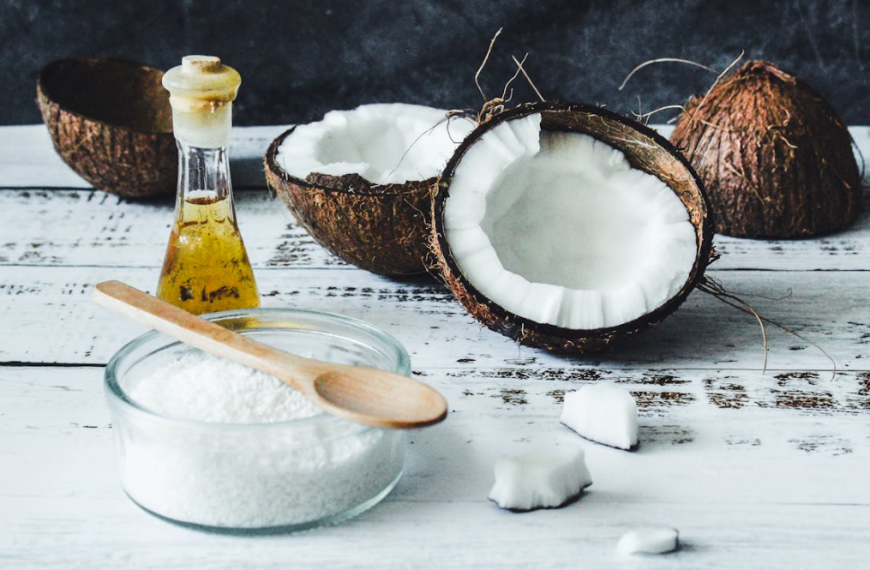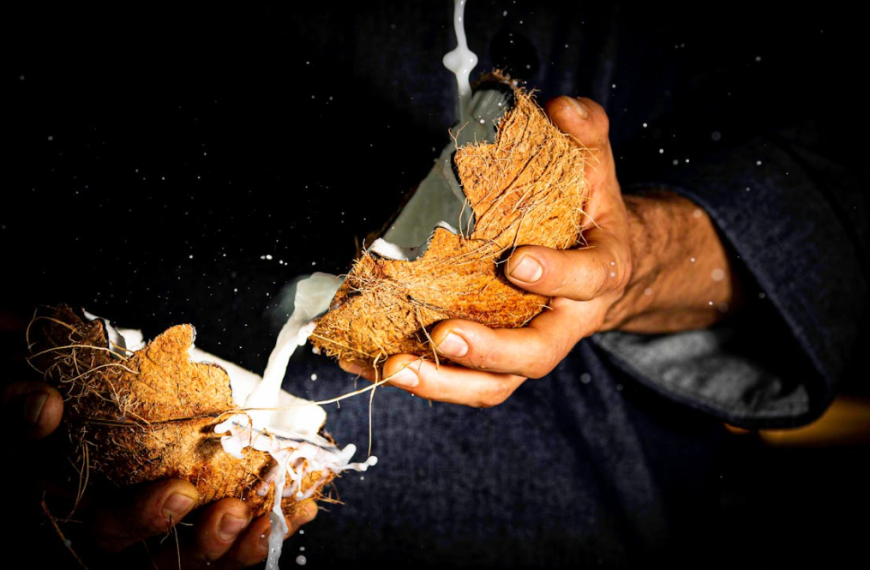Tired of the same old toothpaste routine? Ready to add some excitement to your dental hygiene regimen? Say goodbye to generic store-bought toothpaste and hello to homemade toothpaste! With simple ingredients like baking soda, coconut oil, or charcoal, you can whip up a natural toothpaste that’s kind to the earth, easy on the wallet, and fun to make. So, mint-flavored toothpaste, step aside – it’s time to get creative!
Are you ready to embark on a dental adventure and give your pearly whites a little pizzazz? You don’t have to settle for the basics when it comes to toothpaste. Embrace variety and become a natural toothpaste mixologist by crafting your very own dental hygiene masterpiece, free from questionable chemicals or additives.
In this guide, we’ll cover everything you need to know about making your own toothpaste, including the best ingredients to use, the benefits of DIY toothpaste, and potential pitfalls to avoid. Get ready to revolutionize your oral care routine and achieve a sparkling smile without the hassle or expense of store-bought options. Let’s dive in!
Benefits of DIY Toothpaste:
Traditional store-bought toothpaste may get the job done, but let’s face it – it’s the same old boring flavors every time. Plus, it often contains chemicals, detergents, sweeteners, colorings, and preservatives that may not be optimal for your health.
In contrast, homemade toothpaste is like a DIY project for your mouth that’s customizable, eco-friendly, and incredibly effective. With homemade toothpaste, you become a mixologist, choosing the ingredients and flavors that work for you to create a tasty and powerful concoction that leaves your teeth sparkling.
And here’s a big bonus: you’ll save money! Natural toothpaste ingredients cost very little but offer significant value. Here are some other benefits of homemade toothpaste:
- Control: You’re in the driver’s seat! With homemade toothpaste, you have complete control over each ingredient, allowing you to avoid added nasties by opting for powerful plant-based ingredients instead.
- Choice: Not a fan of mint? No problem! With homemade toothpaste, you can experiment with flavors like ginger, orange, grapefruit, or lemon essential oils to create your perfect toothpaste.
- Cost: Homemade toothpaste is cost-effective. Many ingredients can be bought in bulk and used to make multiple batches, saving you money in the long run.
- Eco-conscious: By making your DIY toothpaste, you can use reusable containers and avoid the plastic tubes that end up in landfills. You’ll also feel good knowing you’re not contributing to the environmental damage caused by energy-intensive manufacturing processes.
But it’s not just about saving money and caring for the world – making homemade toothpaste is also a fun and creative way to take control of your oral health. So, if your teeth are more yellow than SpongeBob, let’s dive into some recipes for natural whitening toothpaste.
Downsides of Homemade Toothpaste:
While homemade toothpaste is effective, there are some potential pitfalls to using all-natural toothpaste.
Firstly, unless you’re a dental expert, it can be challenging to get the balance of ingredients just right. Adding a pinch of turmeric or a drop of tea tree oil may seem fancy, but too much of a good thing can be harmful. You could end up with toothpaste that’s too abrasive or acidic, damaging your enamel or irritating your gums.
Then there’s the matter of fluoride. Many experts consider this mineral essential for dental health and cavity prevention, but it can’t be incorporated into a DIY recipe. Therefore, you may be leaving yourself at an increased risk of developing cavities.
Finally, there’s the risk of contamination. Homemade toothpaste lacks the safety protocols of store-bought toothpaste, increasing the chance of introducing bacteria or other contaminants into your DIY mixture either during preparation or use.
So, unless you’re making your toothpaste in a sterile lab and maintaining super-sanitary conditions, there’s a chance your toothpaste could become a breeding ground for germs. Not ideal!
P.S. Homemade products have a shorter shelf life than store-bought products, so be sure to keep an eye on your toothpaste and discard it if it starts to look or smell funky.
Homemade Baking Soda Toothpaste:
Ready to step up your toothpaste game? Let’s start with everyone’s favorite kitchen staple and turn it into a powerful oral hygiene tool. Baking soda is the superstar ingredient in this DIY toothpaste recipe, but feel free to add whatever essential oils you like for flavor and scent.
Ingredients:
- 1/2 cup baking soda
- 1 tablespoon water
- 1-2 drops of peppermint or other essential oil (optional)
- 1-2 drops of stevia (optional)
Instructions:
- Mix the baking soda and water in a small bowl until it forms a thick paste. If the mixture is too dry, add a little more water until you reach the desired consistency.
- Add the essential oil and stevia (if using) and mix until well combined. The oil will give your toothpaste a tasty hint of flavor, while the stevia will provide a natural sweetener that can help fight cavities.
- Transfer the toothpaste to a small container with a lid, such as a jar or tube, and store it in a cool, dry place.
Homemade Coconut Oil Toothpaste:
Homemade coconut oil toothpaste is like a tropical vacation for your teeth – moisturizing, refreshing, and oh-so-easy to make. Coconut oil has been used for centuries as an effective oral hygiene tool, as it may kill bacteria, reduce plaque, and fight gum disease.
Ingredients:
- 1/4 cup organic coconut oil
- 2-3 teaspoons of baking soda
- 1-2 teaspoons of organic arrowroot powder (optional)
- 1-2 drops of peppermint or other essential oil (optional)
Instructions:
- Mix the coconut oil and baking soda in a small bowl until well combined. If the coconut oil is solid, you may need to melt it first. The mixture should be smooth and creamy.
- Add a few drops of peppermint or other essential oil for flavor, and mix until well combined.
- Add arrowroot powder to thicken the mixture if desired. Start with a small amount and add more until you reach the desired consistency.
- Transfer the toothpaste to a small container and store it in a cool, dry place.
Homemade Charcoal Toothpaste Recipe:
Homemade charcoal toothpaste is like the rockstar of dental hygiene – dark, gritty, and powerful. Charcoal is popular as a toothpaste ingredient because it can remove surface stains and brighten teeth.
Ingredients:
- 1/2 teaspoon activated charcoal
- 2 tablespoons baking soda
- 2 tablespoons coconut oil
- 1–2 drops of essential oil (optional)
- 1-2 drops of stevia (optional)
Instructions:
- Mix the baking soda and activated charcoal powder in a small bowl until well combined.
- Add the coconut oil and mix until a smooth paste forms. You may need to melt the coconut oil if it’s solid.
- Add the essential oil and stevia if desired, and mix until well combined.
- Transfer the toothpaste to a small container with a lid and store it in a cool, dry place.
Is Charcoal Toothpaste Safe to Use?
Some people swear by charcoal toothpaste for its alleged ability to whiten teeth and improve oral health. However, there are some potential drawbacks to this dark and gritty toothpaste. The main issue is that it’s highly abrasive, meaning it could damage rather than clean your teeth if used too frequently or with too much pressure.
Therefore, it’s best to limit its use and reserve it for special occasions. For your everyday oral health routine, choose a more gentle toothpaste.








